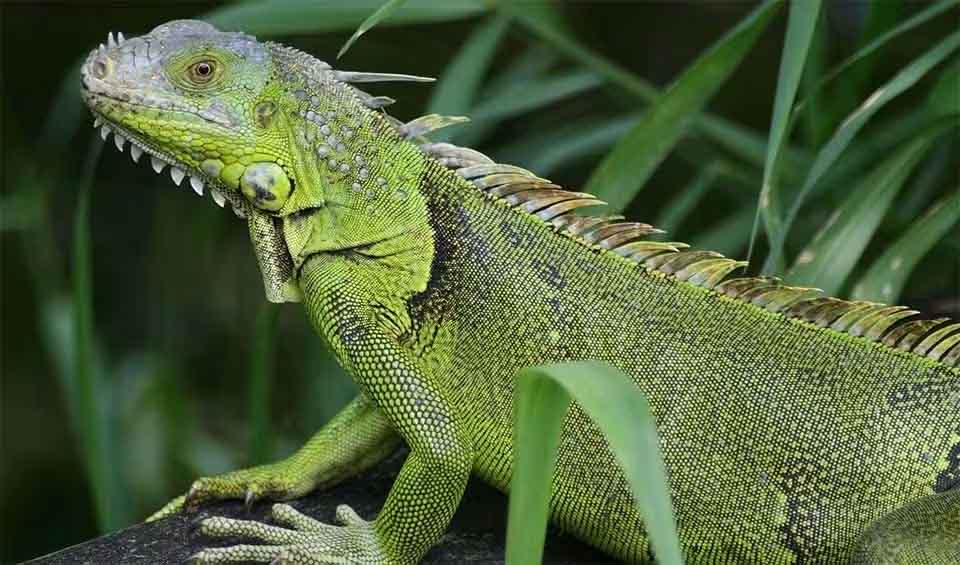Anguilla is a flat, low-lying island in the Caribbean Sea, composed of coral and limestone. It stretches approximately 16 miles (26 km) in length and 3.5 miles (6 km) in width. Located east of Puerto Rico and the Virgin Islands, it sits directly north of Saint Martin, with the Anguilla Channel separating the two islands.
The island’s soil is generally thin and supports scrub, tropical, and forest vegetation. Most of the terrain is low-lying, with the highest point being Crocus Hill, which rises to 240 feet (73 m) near the town of The Valley. Anguilla is renowned for its significant coral reefs and beautiful beaches. In addition to the main island, the territory includes several smaller islands and cays, most of which are uninhabited.
Four pillars elaborated:
Dog Island is a vital seabird habitat in the Caribbean, supporting 10 breeding species, including over 135,000 pairs of sooty terns (Onychoprion fuscatus). It is globally important for brown boobies (Sula leucogaster) and red-billed tropicbirds (Phaethon aethereus), and in 2012, a rodent eradication effort was conducted to protect these colonies. Land Management
Land Management
Sombrero Island is known for its endemic wildlife, including the Sombrero black lizard (Ameiva corvina) and the potential Sombrero dwarf gecko (Sphaerodactylus sp.). It also hosts several unique invertebrates, with its surrounding waters serving as feeding grounds for sea turtles. Formerly mined for phosphate, the island now houses a lighthouse and is rarely visited, aside from researchers and occasional fishermen.
In 2018, Sombrero Island was designated as Anguilla’s first Ramsar Site due to its internationally significant seabird populations, following efforts by the Anguilla National Trust and UKOTCF. Further progress on protecting other important wetlands in Anguilla is still awaited.
With its breathtaking white-sand beaches and turquoise waters, it’s no surprise that Anguilla, a UK Overseas Territory, attracts tens of thousands of visitors annually. However, beneath its beauty lie significant conservation challenges, as much of the island has been impacted by development for both residents and tourists. Like many areas in the West Indies, Anguilla has also been affected by the spread of invasive species such as ship rats, brown rats, green iguanas, goats, and feral cats, which pose serious threats to native plants and wildlife. Threats to Biodiversity
Threats to Biodiversity
Additionally, powerful hurricanes frequently hit the island, and with climate change increasing their intensity and frequency, it is more critical than ever to protect natural defenses like mangrove forests and coral reefs, which shield coastal communities and biodiversity from high winds and storm surges.
The Anguilla National Trust is responsible for protecting the island’s natural resources, as well as preserving its historical and cultural heritage. Through its conservation program, the Trust collaborates with regional and international partners, with a key focus on developing a system of parks and protected areas. Capacity and Governance
Capacity and Governance
The Department of Fisheries and Marine Resources (DFMR) oversees the management of Anguilla’s Marine Parks network, which was initially established in 1991. This network consists of seven zones: Dog Island, Sandy Island, Sombrero Island, Prickly Pear Cays and Seal Island Reefs, Junks Hole, Little Bay, and Shoal Bay with Island Harbour Reefs. Little Bay and Sandy Island Marine Parks are notable for their extensive seagrass beds.
While the parks primarily aim to protect coral reefs, Junks Hole is designated more for recreational purposes. The Marine Park Act, established in 1991, legally demarcated the parks in 2007. To effectively manage the system, the DFMR has created an adaptive Management Plan for Anguilla’s Marine Park System and the surrounding shallow water habitats and fisheries.
Anguilla’s biodiversity has been adversely affected by invasive species and other pressures, with climate change posing an additional severe threat. To address this, stakeholders will develop and implement the first-ever species conservation plans, focusing on critically endangered plants and reptiles, guided by advanced modeling techniques. This innovative project will take strategic actions such as controlling invasive species and reintroducing native species to their former habitats, aiming to significantly enhance the resilience of priority species by the project’s conclusion. Future Trends
Future Trends
Biodiversity
Anguilla and its offshore cays are home to a diverse array of birds and reptiles, many of which are endemic to the territory or the surrounding region. The island boasts 321 native plant species, including the endemic Anguilla bush (Rondelitia anguillensis), primarily found on the northern and eastern parts of the island. Anguilla is also a haven for wildlife, with 130 species of birds and 21 species of reptiles. Notably, two endemic lizard species, the black lizard (Ameiva corvina) on Sombrero Island and Ameiva corax on Little Scrub Island, are unique to the area.The island’s white sandy beaches serve as critical nesting grounds for endangered sea turtles, including the hawksbill (Eretmochelys imbricata), leatherback (Dermochelys coriacea), and green turtles (Chelonia mydas), with some inshore waters providing important foraging areas for these species.
mammals
Pantropical spotted dolphin
A champion swimmer and a social butterfly of the warm seas
Common bottlenose dolphin
Known for their acrobatic leaps, twisting and turning gracefully as they jump completely out of the water
birds
American kestrel
The smallest of falcons in the entirety of America, but you would be mistaken to take this bird lightly
Peregrine falcon
At the speed of over 321 km/h (200 mph), this bird outraces a Formula1 car
Red-billed tropicbird
Professional marine forecasters to optimize breeding success and prey availability
reptiles
Loggerhead sea turtle
One of the largest and strongest sea turtles in the world
Green anole
Really good at climbing trees and fences because their feet have special sticky pads that help them stick to almost anything!
Green iguana
From the US down to Brazil, this trans-American lizard is the most common iguana












